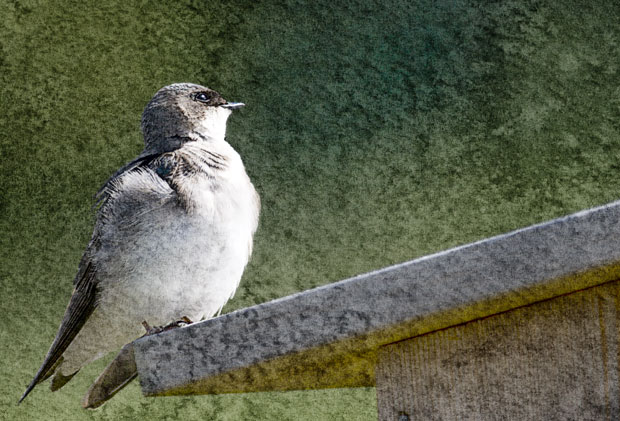Dorothy Livesay introduces the section of poetry called Rites of Passage with:
Rites of passage are generally recognized within the context of the adolescent’s struggle towards individual identity. In my view, however, these stages of ritual passage also characterize the search for relationship between a man and woman — the phases of love.
My favorite poem in this section
EVERYWOMAN EVERY MAN
Nailed to two crosses, his and hers,
the mother’s
the father’s
How to resurrect
is the intense question
How to make of thine
mine?
Out of such desperate inharmonies
to become
one human domain?
The pain of it held me
thisway thatway turning
through fiery furnaces
eternally burning
If I have come out of it
shining
calm clear as glass
it is because
you each one kissed me goodnight
without reprisals
sent me to sleep
on earth’s pillow
the solace that green grass
I was allowed to dream.
seems to exquisitely summarize several of the ideas in this section and reveals a universal truth that is all too often forgotten when parents disagree or fight with each other.
Livesay’s parents apparently had some strong disagreements, but their love for her allowed her to bridge those differences and emerge as a strong person. It is the loving acceptance of our parents, both our parents, that gives us the power to forge successful personalities, one that honors both parents. Without that love, personal weaknesses and it’s accompanying flaws seem inevitable.


